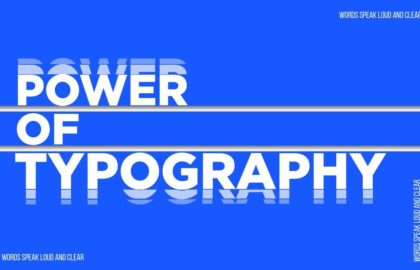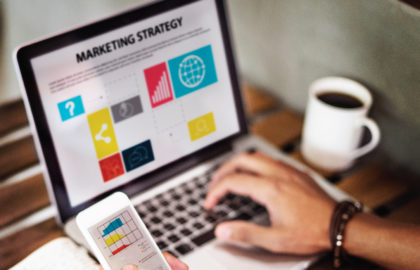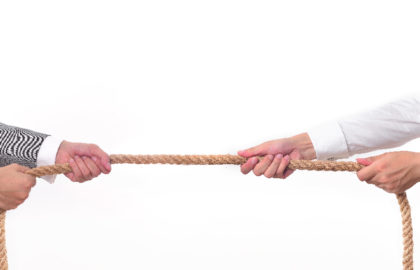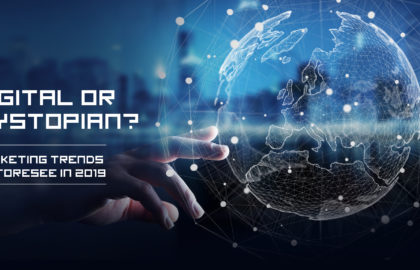‘Generation Equality’ was once a far-fetched dream, with conversations around representation, appropriation, and equality shrouded in shame and silence. Today, these same conversations are finally out in the open, slowly driving change, and organizations to are playing their part. Through their marketing efforts, organizations have thrown a spotlight on gender discrimination and inequality. As we make our way through 2020, let’s take a moment and look back at the best Women’s Day Campaigns crafted this decade.
1. #LikeaGirl — Always, 2015
Why is doing something ‘like a girl a bad thing? Always’ #LikeAGirl campaign — one of the best Women’s Day campaigns in recent times — asked us that very question. Adolescent girls need an environment that nurtures self-confidence and by showing that doing it #LikeAGirl is awesome, they turned a phrase traditionally used as an insult into a compliment, helping empower young women through puberty and beyond.
2. Will of Steel — Geeta Phogat’s Story, 2015
JSW Steel’s gritty ad conceptualized by Ogilvy & Mather India delves into the true story behind a one-of-a-kind inspiration — Geeta Phogat — the first Indian woman to win a wrestling gold at the Commonwealth Games). Geeta comes from Balali in Haryana, a village where wrestling was always considered a man’s sport. The film is a depiction of her journey and how she overcame societal norms, busted several myths, fought resistance from her whole community and wrestled her way to success, all because she had the inner strength and the will of steel to achieve her dreams.
3. Greenply Plywood – #StopSayingWomenCant, 2019
This campaign, in association with Archana Women’s Center, focuses on something a lot of us tend to forget — biases can be entrenched in women too. To bring this to light, women were invited to an art gallery displaying different objects. They were then asked which ones were made by women — and not one of them believed furniture could be made by a woman. They are then shown a video — the building of the wardrobe by an all-woman carpentry team, right from the first steps to the final product. Shortly thereafter, the women carpenters themselves emerged and were introduced to the participants, driving home the core thought — #StopSayingWomenCant.
4. P&G — #WeSeeEqual, 2017
Aimed at reducing gender bias, the campaign ran on YouTube, Face, and Instagram. The video featured men, women, boys, and girls taking the plunge to break gender stereotypes. For example, a man hugging his baby is followed by the message — hugs don’t care who gives them. A little girl is shown doing math, followed by the message — ‘equations don’t care who solve them.’ Uncomplicated, heartwarming and impactful, all at once.
5. ONE — #GirlsCount, 2017
The digital campaign aimed at showcasing the sexism entrenched in poverty. Figures from the charity showed that about 120 million girls across the globe do not go to school, simply because families with limited financial means choose to educate their sons instead of their daughters — a succinct yet powerful revelation.
6. Barbie – #MoreRoleModels, 2018
Often associated with an almost flawless, unrealistic, princess-like appearance, Barbie decided to un-stereotype itself, by honor the valiant efforts and contributions of women in the world. This was achieved by having a custom made dolls honoring some inspirational women — painter Frida Kahlo, actress and philanthropist Xiaotong Guan, aviator Amelia Earhart, USA Olympic snowboarder Chloe Kim, and wildlife conservationist Bindi Irwin to name a few. The 2018 campaign further extended by encouraging fans to share women who inspire them on social media using the hashtag #MoreRoleModels.
7. BIBA – Change for progress, 2018
A rather refreshing change of pace, this light-hearted conversation between cousins and a maternal uncle juxtaposes a man in the place of a woman, being asked questions that are always pointed at Indian girls. Why it delivers a powerful message, is that it does away with the extra (sometimes force-fitted) drama and overwhelming emotion, connecting instantly with the young generation in less than 90 seconds.
8. H&M – She’s a lady, 2016
Visualized as a raw, yet, aesthetically pleasing fashion music video, H&M urged women to un-adjust to notions of style, beauty, or even the ways they’re ‘meant to’ eat and sit. The 2016 autumn campaign video on YouTube combines class and nonchalance, including a diverse set of models with different ethnicities and body types. The most revolutionary aspect? Women are shown being… people — spreading their knees on the subway, picking food out of their teeth, dancing like no one’s watching. That’s something we definitely need to see more of.
9. Bournvita for Women: #DontForgetYourself, 2019
Women have been conditioned to put others’ needs before their own. Add to this hectic schedules and fast-paced lifestyles, and more often than not, they miss out on their daily nutrition requirements. The short film opens with customers shopping at a supermarket, and as they go to billing, they’re told their purchases are free. They are then guided to the back of the supermarket, where a lady picks up items like olive oil, millets, and asks them what they bought for themselves. The women are stumped — the lady then reveals herself to be a nutritionist and makes them promise they will take care of themselves. It’s no wonder the campaign was a huge success — because it’s about time women put themselves first!
10. Nike – Dream Crazier, 2019
We end the list with one of Nike’s most memorable campaigns — calling on women to ‘dream crazier’. The film features footage of female athletes scoring goals, winning matches, getting emotional — supported by Serena Williams’ narration. She talks about how women who get angry are called ‘hysterical’ and ‘crazy’, and then reminds us that a woman playing basketball was once termed crazy, a woman winning 23 Grand Slams (a reference to Serena herself), seemed crazy. We’re urged then, to reclaim the word, and own our unique journeys, replete with tears, laughter, joy, and successes.
That’s our list of the best campaigns from the last decade — each highlights different issues that impact women, in subtle, shocking, nuanced, and sensitive ways. Is there anything you’d like to add to the list? Let us know in the comments below!







